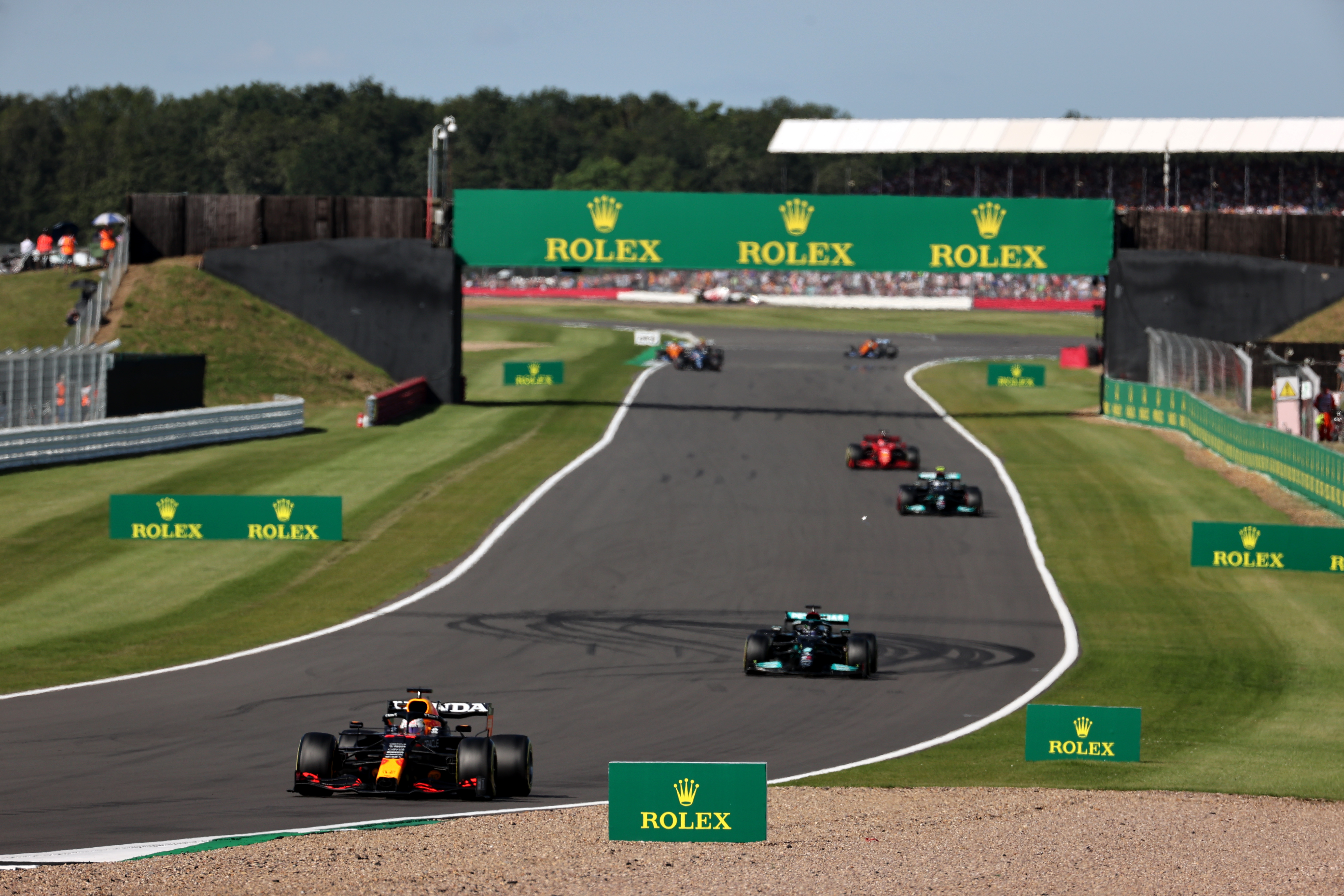Up Next

Speaking after Formula 1’s inaugural sprint qualifying race, Williams head of vehicle performance Dave Robson made a comment that indicated the ideal direction for future sprint races.
With just 100kms of racing, no tyre stops or other strategic challenges, this simplified dash left those on the pitwall to have a relatively, if still stressful, quiet time.
“The slightly odd thing about that sprint quali session is we pick a start tyre and then drivers are more or less on their own,” said Robson.
“So it’s a bit odd for us sitting on the pitwall.”
The question is, why not make that official and minimise the potential for active involvement from the pitwall by eliminating radio communications and telemetry, save for safety and critical reliability concerns?
My colleague, Mark Hughes, has already argued for this but what happened at Silverstone was the perfect case study to support this idea.
Because the race was straightforward, it was easy for the drivers involved to understand their challenge. What’s more, there’s no lack of information available to them through their menu screen should they require it desperately, so why not ensure they know they are on their own.
Yes, we heard the odd instruction such as Max Verstappen being told to stay off the kerbs late on because of concerns about blistering. But he was well aware he had the problem.
Lewis Hamilton asked for some more engine power to attack because the driver’s job is to request what is needed to change their situation with the pitwall then deciding if that’s the right way. So why not put this fully in the hands of the driver?
With no fuel limit, there is also no intrinsic reason why there should be any assistance with the management of that. If a driver isn’t comfortably overseeing the management themselves, then simply give them an extra kilo or two’s margin. This will allow those who are capable of racing and understanding the need to manage resources most effectively to shine.
And given the race is finite – 17 laps with no need to battle against unseen foes on strategies that mean you are on a collision course later in the race or to preserve some grip for an attacking inlap to attack or defend around the pitstops – if is very much within the drivers’ capabilities to deal with this.
This would allow drivers to showcase their wider skillset with those that have the best understanding of tyre management and how to manage the available engine power settings benefitting most.
It should also increase the chances of on-track action as some might end up burning up performance resources early on, gaining ground, while others will have more to deploy late on. The greater the variables, the more chance there is of racing action.
This would be the ultimate manifestation of demand in the sporting regulations that drivers must “drive the car alone and unaided”. And given F1 is so keen to brand The Sprint as a crowd-pulling event in its own right, it’s another point of differentiation from the grand prix itself. You can imagine the messaging of ‘this time, they’re on their own’.

The most practical approach would be to allow the drivers to say whatever they want over the radio, allowing them to report problems and concerns and, most importantly, complain about their rivals for the benefit of the show and the watching stewards.
But if the pitwall is only allowed to respond in very specific situations relating to reliability and safety, then it would eliminate the chance for coded messages.
The mention of a radio ban brings back memories of the attempt to outlaw this in 2016, which was a flawed expression of a valid idea.
The V6 turbo hybrid power units hadn’t been conceived with this in mind and it was soon dropped because communication is essential to their operation over a grand prix distance. But 100kms is a different story.
The sprint race is supposed to be F1 ‘unplugged’ – short, sharp, stripped down and straightforward. So after the quietly encouraging start of Silverstone, this is the perfect way to evolve the concept so it offers something different to the main event.
And given that differentiation and the varying challenge, perhaps it could also be a step towards it being officially considered a race in its own right rather than a ‘sprint qualifying session’.






